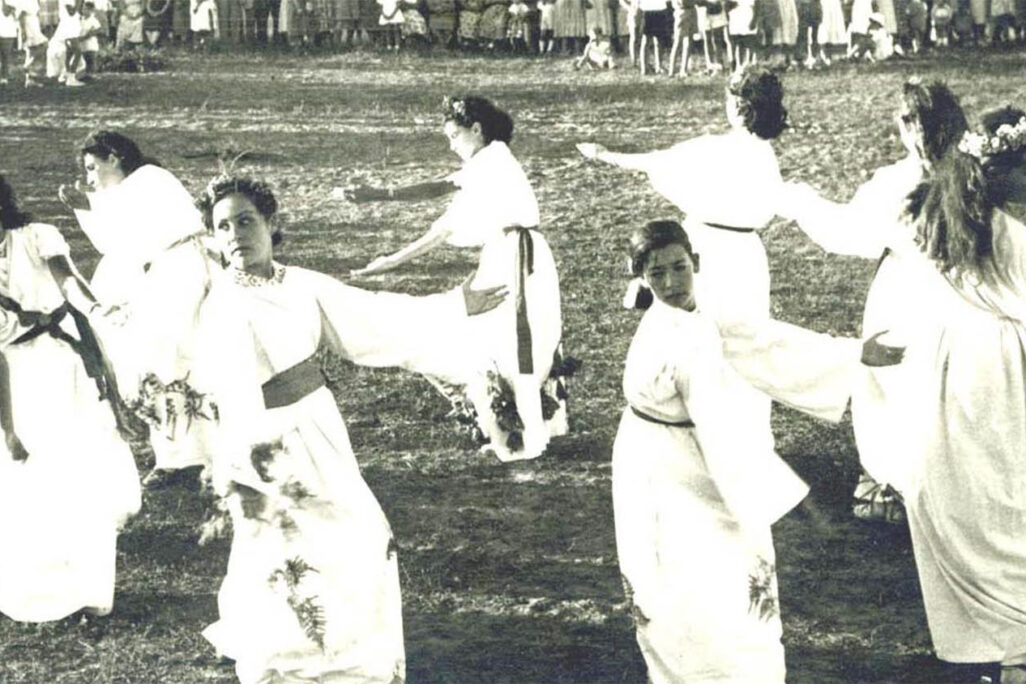Known as Chag HaBikkurim (Festival of the First Fruits), Chag HaKatzir (Festival of Reaping), or Chag Matan Torah (Festival of the Giving of the Torah), Shavuot was and continues to be first and foremost a holiday that celebrates agriculture, those who work in the fields, their labor, and of course the rich and fresh produce.
Long before the cheese platters and water fights traditional to the holiday today in Israel, agricultural settlements in Israel, including but not limited to kibbutzim and moshavim, used to celebrate the holiday with processions, dances and performances. The participants were adorned with colorful bouquets and wearing white and festive attire, and showcase the first fruits of the harvest season.
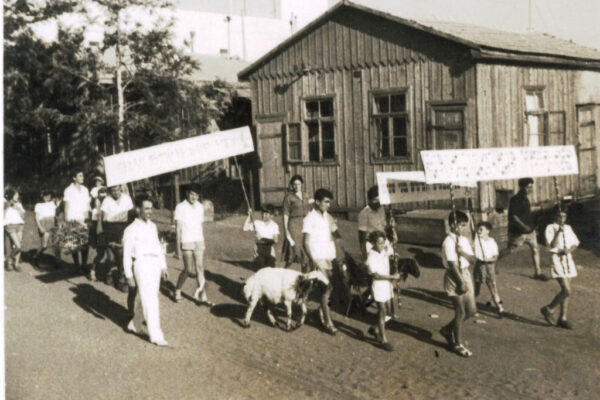
Kibbutz Givat HaShlosha, 1930s. The children of the young kibbutz march and carry signs celebrating the festival (Photo: Petach Tikvah Archive and Kibbutz Einat Archive, from the PikiWiki website)
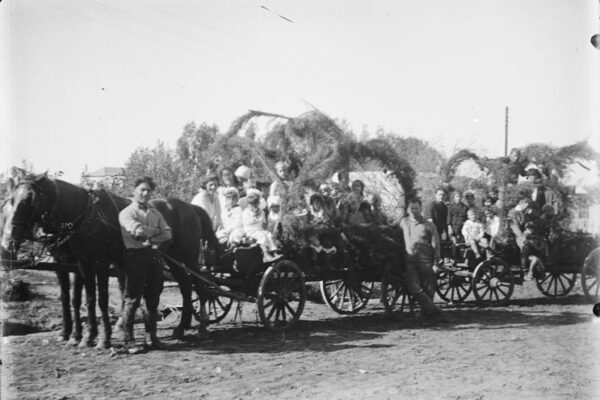
Hadera, between 1922 and 1948. Chariots are packed with children dressed in holiday attire (Photo: Hadera Khan Archives and Museum, from the PikiWiki website)
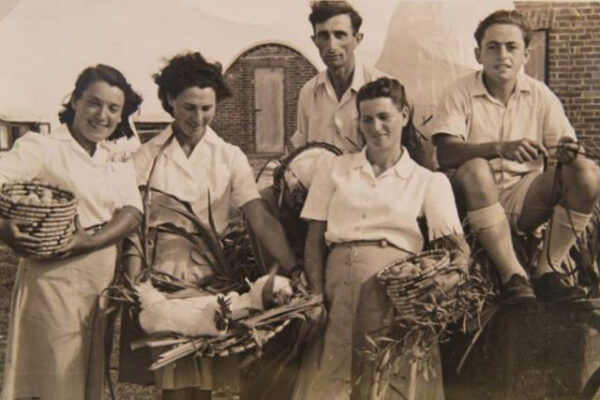
Kibbutz Kfar Masaryk, 1940s. Even chicken coops celebrated their ‘first fruits’ (Photo: Kfar Masaryk Archive, from the PikiWiki website)
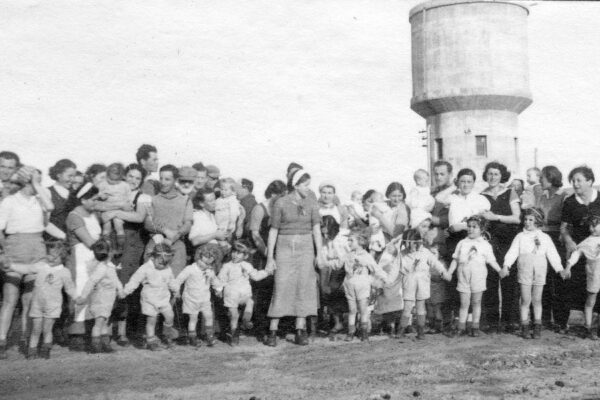
Kibbutz Ein HaHoresh, early 1940s. Shavuot is a celebration for the whole family (Photo: Ein HaHoresh Archive, from the PikiWiki website)
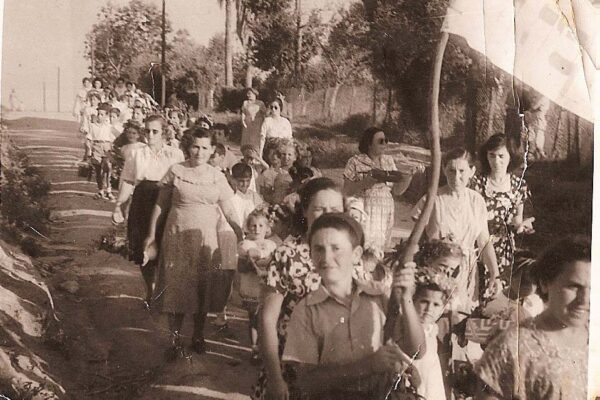
Moshava Givat Ada, between 1940 and 1960. Who wouldn’t come to a procession as exciting as this? (Photo: Property of the Dorot Association and the Givat Ada Moshava Archive, from the PikiWiki website)

Moshav Kfar Azar, 1950. It can be black and white or blue and white, as long as it’s white (Photo: from the Cohen family archive, Kfar Azar, from the PikiWiki website)
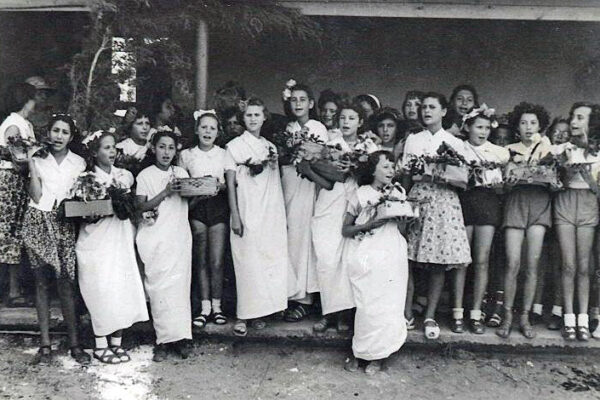
Kiryat Ono, 1950. The children of the flowers in Beit Ha'am (Photo: Kiryat Ono Archive, from the PikiWiki website)
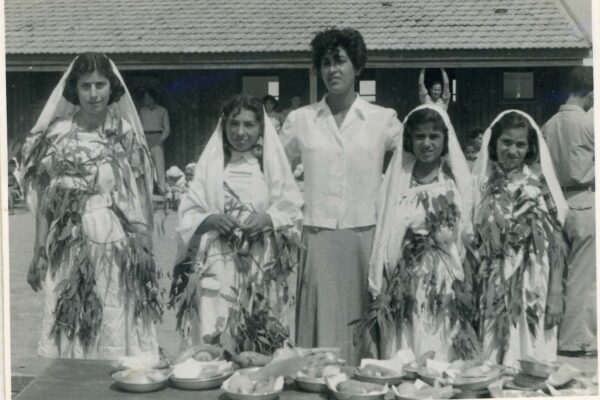
Sderot, 1950s. "Teacher, do we need to be photographed with these eucalyptus branches?" (Photo: PikiWiki)
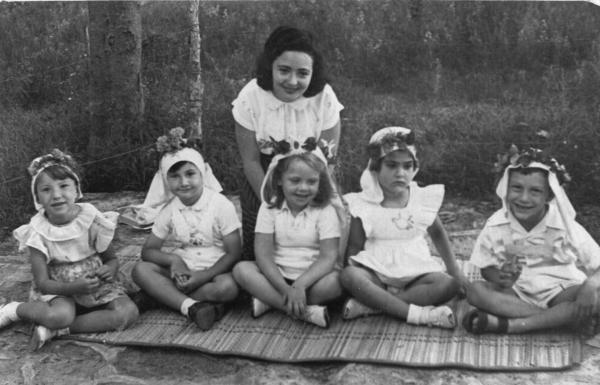
Tel Aviv, 1951. On the mat outside a kindergarten in a workers' dormitory on HaYarkon Street (Photo: PikiWiki)
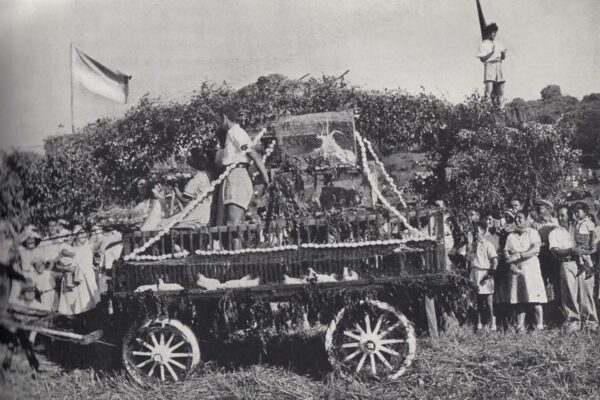
Kibbutz Sha’ar Ha’Amakim, between 1950 and 1952. Agricultural tools are decorated and become part of the white procession (Photo: Israeli Internet Association from PikiWiki)
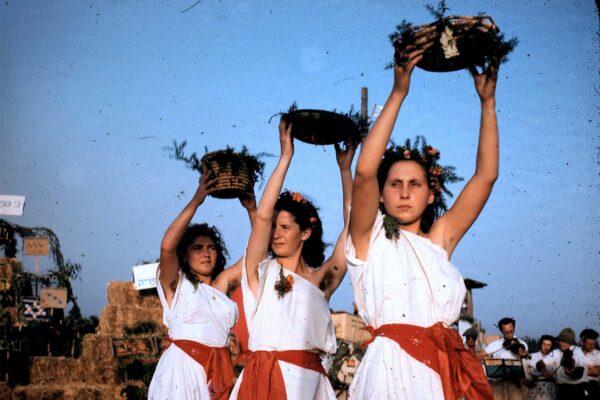
Kibbutz Givat Haim Meuchad, 1951. “Saleinu al k'tefeinu, rasheinu aturim” – Our baskets on our shoulders, our heads adorned with blooms (Photo: Givat Haim Meuchad Archive, from the PikiWiki website)
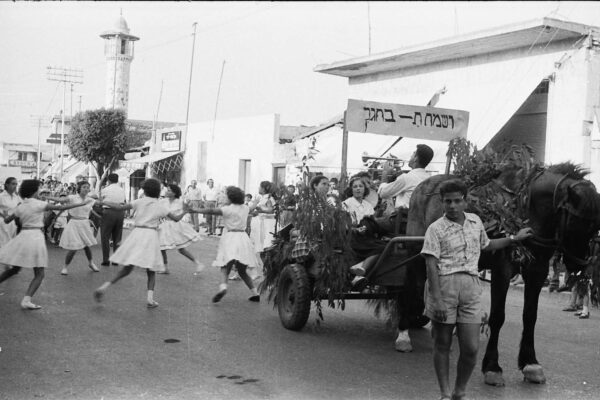
Lod, between 1954 and 1956. It’s impossible to continue this urban holiday procession without breaking out into some circle dancing (Photo: Yad BeYad, from the PikiWiki website)
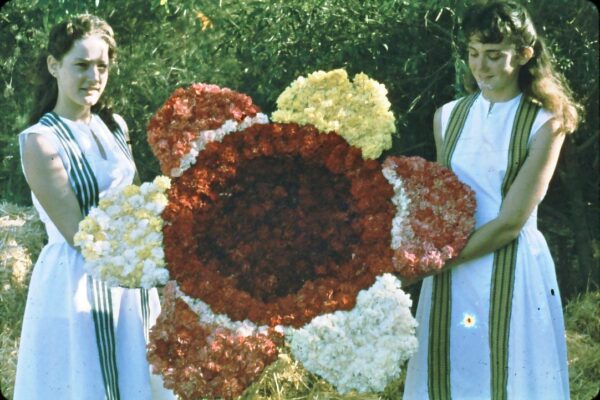
Kibbutz Gan Shmuel, 1965. Perach Sheli, Oh Perach – My Flower, Oh Flower (Photo: Gan Shmuel Archive, from the PikiWiki website)
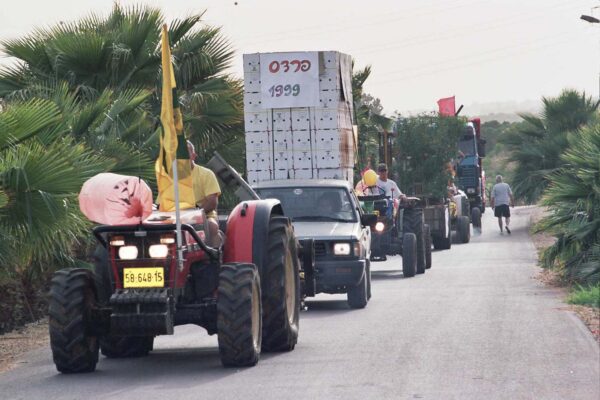
Kibbutz Ramat HaKovesh, 1999. Revenge of the Tractor (Photo: Ramat HaKovesh Archive, from the PikiWiki website)
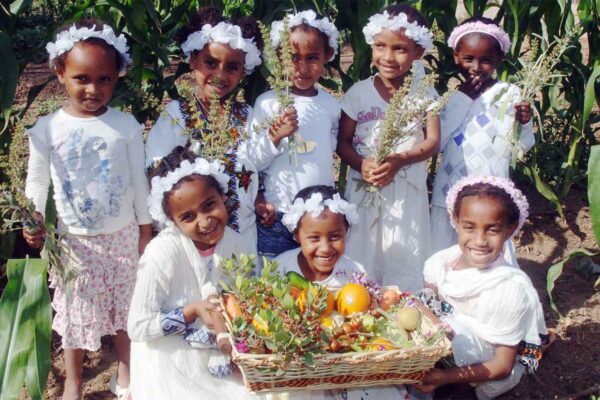
Beer Sheva, 2013. The Kalisher Aliyah Absorption Center celebrates in white with the country's first fruits (Photo: Dudu Greenspan / Flash 90)
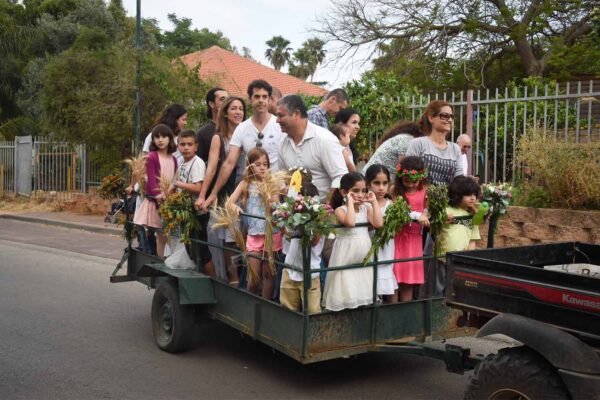
Moshav Kfar Hess, 2015. On Shavuot, children are also allowed to get on the trailer (Photo: Flash 90)
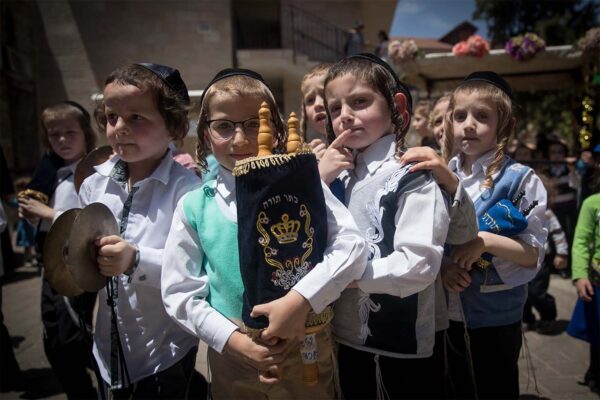
Jerusalem, 2018. In the Haredi neighbourhood of Mea Shearim, the children are excited for the holiday prayers (Photo: Yonatan Zindel / Flash 90)
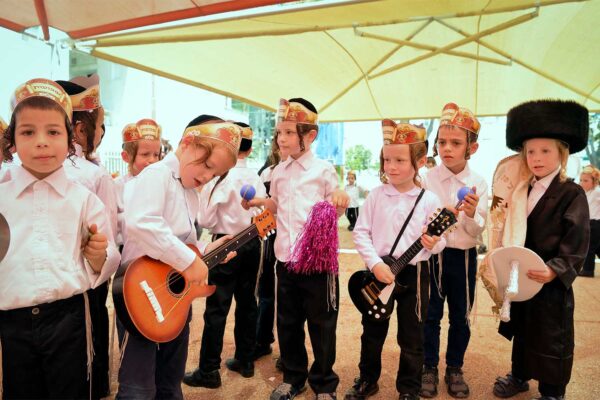
Jerusalem, 2018. A local band sings the holiday songs (Photo: Yossi Zeliger / Flash 90)
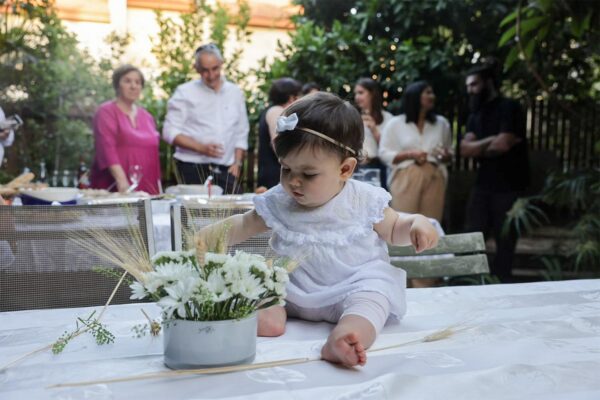
Ra’anana, 2021. A baby celebrates. (Photo: Nati Shochat / Flash 90)
This article was translated from Hebrew by Benji Sharp.
